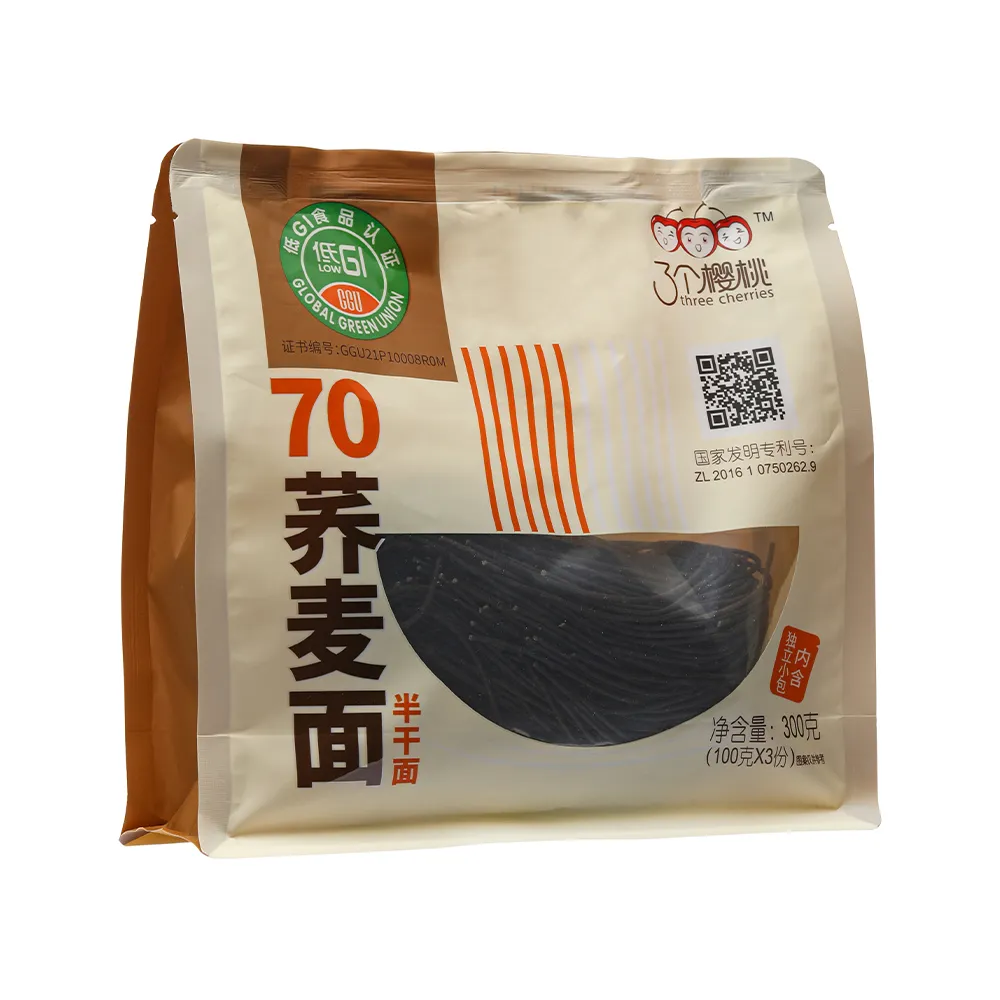Exploring Various Types of Italian Pasta and Their Unique Characteristics
Exploring the Different Types of Italian Pasta
Italian cuisine is renowned for its rich flavors, fresh ingredients, and the exhilarating variety of pasta types that grace its dishes. With over 600 shapes and varieties of pasta available, each brings a unique purpose, texture, and taste to the table. This article delves into some of the most popular types of Italian pasta, providing a glimpse into their specific uses and characteristics.
1. Spaghetti
Perhaps the most iconic of all pasta types, spaghetti is long, thin, and cylindrical. It is made from durum wheat semolina and pairs perfectly with a variety of sauces. The classic spaghetti marinara, topped with a tomato-based sauce, and spaghetti aglio e olio, which features garlic and olive oil, are among the most beloved dishes around the globe. Spaghetti’s versatility allows it to adapt to numerous flavors, making it a staple in Italian households.
2. Penne
Penne pasta is characterized by its short, tube-like shape with angled ends resembling the cut of a quill. This pasta is excellent for holding onto sauces, thanks to its ridged surface. Penne arrabbiata, which combines the pasta with spicy tomato sauce, is a vibrant dish, while penne alfredo offers a creamy alternative that delights many. Penne can be enjoyed baked in casseroles or tossed in cold salads, showcasing its adaptability.
3. Fusilli
Fusilli resembles spiral-shaped corkscrews, which allow it to trap sauces and ingredients. The twisted shape makes it perfect for heartier sauces, such as meat ragu or pesto. Its unique design also makes it a great choice for pasta salads, where the grooves hold onto additional flavors from dressings and vegetables. Fusilli is fun and colorful, often used in family-friendly dishes.
different type of italian pasta

4. Farfalle
Farfalle, commonly known as “bowtie” pasta, is recognized for its distinctive shape that resembles butterflies or bow ties. This pasta works wonderfully in both warm and cold dishes and is often used in pasta salads. Farfalle with vegetables and a light vinaigrette is a refreshing summer dish, while a creamy tomato sauce complements its unique shape beautifully in a comforting winter meal.
5. Orecchiette
Originating from the southern region of Puglia, orecchiette means little ears in Italian due to its small, rounded shape. This pasta is traditionally paired with broccoli rabe and sausage, a quintessential dish from its homeland. Its shape allows it to hold sauces well, making it perfect for rich, hearty combinations. Orecchiette is often used in rustic dishes and brings a sense of authenticity to any Italian meal.
6. Lasagna
Lasagna is a wide, flat pasta that is layered with meats, cheeses, vegetables, and sauce to create the beloved dish of the same name. This multilayered delicacy is a crowd-pleaser, ideal for family gatherings and celebrations. Classic lasagna al forno features ricotta, mozzarella, and a hearty meat sauce baked to perfection, showcasing the comfort food aspect of Italian cuisine.
Conclusion
The world of Italian pasta is filled with diversity, with each type serving its unique purpose and enhancing the overall culinary experience. From long strands of spaghetti to hearty pieces of lasagna, pasta dishes bring warmth and joy to the table. Whether you are a seasoned chef or a home cook, exploring the various types of pasta can ignite creativity in your kitchen and offer endless possibilities for delicious meals. As you experiment with different shapes and sauces, you will find that Italian pasta is not just food—it’s an experience waiting to be savored.
-
Unleash Your Inner Chef with Delectable Italian Pasta CreationsNewsAug.01,2025
-
Savor Health and Flavor: Irresistible Soba Noodles for Sale Await!NewsAug.01,2025
-
Nourish Your Body with Premium Organic Ramen - A Culinary Delight AwaitsNewsAug.01,2025
-
Elevate Your Dishes with Our Exquisite Kinds of Egg NoodlesNewsAug.01,2025
-
Dive into Flavorful Convenience with Our Ramen OfferingsNewsAug.01,2025
-
Discover Exquisite Types of Naengmyeon and Chilled Soba NoodlesNewsAug.01,2025
-
Is Whole Wheat Pasta Healthy?NewsMay.30,2025
Browse qua the following product new the we

















































































































